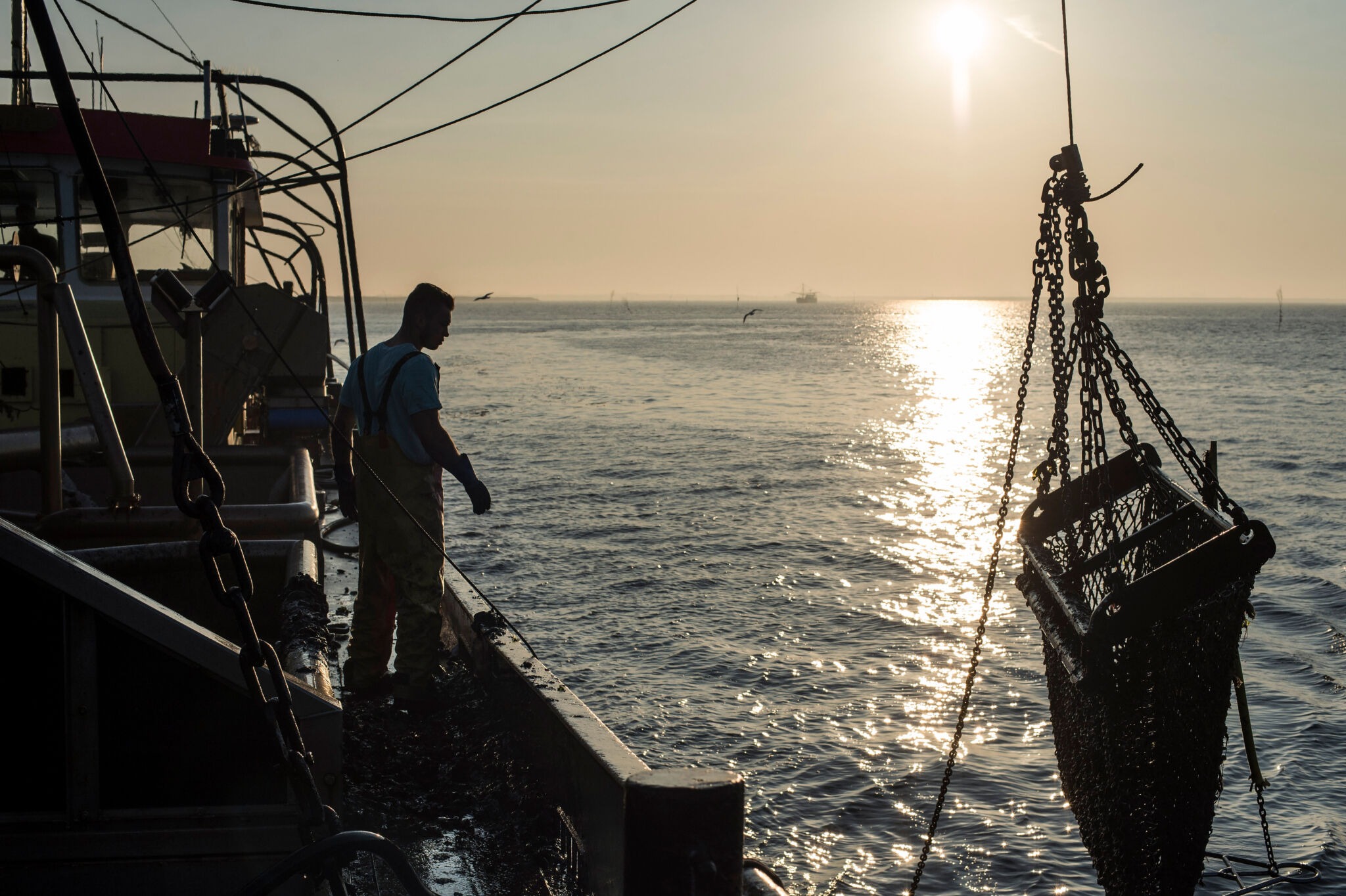Mussels are healthy and tasty
Mussels are rich in proteins and chockful of minerals and vitamins. You can eat them on a terrace or prepare them yourself. Cooking mussels is not hard at all. The main thing is the timing and particularly keeping it simple. Check out the many recipes on the website of the mussel agency (in Dutch) .
Different types of mussels
Mussels come in different species and groups. Mussels are named after their shell size rather than after the quantity of the meat. A larger shell does not necessarily imply that there is more meat to the mussel. Mussel species from large to small: Goudmerk, Jumbo, Imperial, Super and Extra.
You can tell where the mussel cutter is from
There are mussel farms in five places in Zeeland: Yerseke, Zierikzee, Bruinisse, Hontenisse and Tholen. The mussel cutters from these places can be distinguished by the letters on their bow: YE, ZZ, BRU, HON and TH. Most of the mussel processing facilities are located in Yerseke.
On-bottom culture and longline (rope) culture
There are two ways to grow mussels: on-bottom culture and the longline culture. Mussel farmers who practice on-bottom culture, take the larvae to the plots by boat. They leave them there to grow. After 2 years these mussels are ready for consumption. Intermittently, the mussels are relocated to other plots a few times, so they have enough room to grow.
The longline culture technique entails that the mussel farmers allow the mussel seeds to grow on ropes, wrapped in a stocking. These stockings will dissolve as soon as the mussels are attached to the ropes. Regular thinning of the mussels is required so that the best ones have enough room to grow. These mussels get more sunlight, which allows them to grow faster, so they are ready to eat sooner. These mussels are typically sold in early spring. The on-bottom culture mussels haven’t reached a marketable size by then. They need more time to mature.

